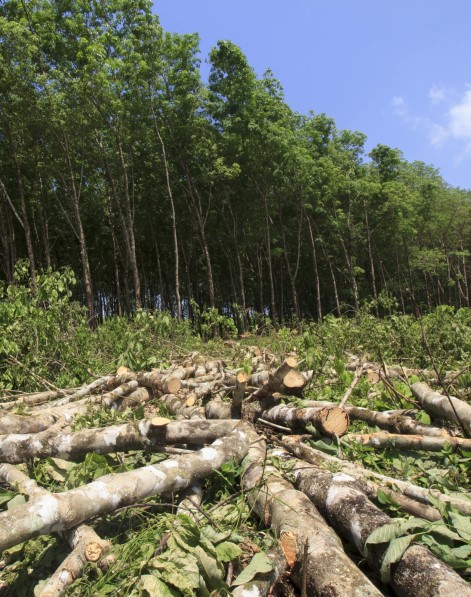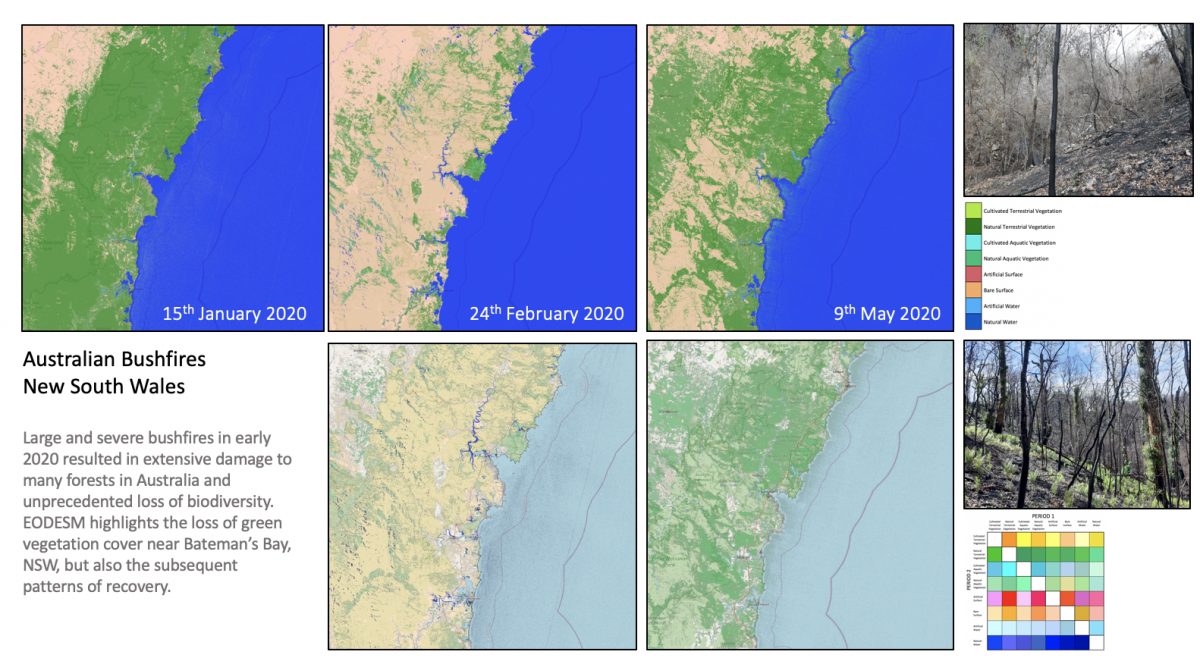This is a website for an H2020 project which concluded in 2019 and established the core elements of EOSC. The project's results now live further in www.eosc-portal.eu and www.egi.eu
This is a website for an H2020 project which concluded in 2019 and established the core elements of EOSC. The project's results now live further in www.eosc-portal.eu and www.egi.eu

Climate change is one of the most pressing societal challenges and is having an adverse impact on many of the World’s environments. Notable recent examples include Hurricane Dorian (September 2016) and extreme forest fires in Australia (early 2020), with both leading to substantive damage to natural and managed forests and associated loss of biodiversity. The increased frequency and intensity of many climate-related events and processes increases the need to manage and protect ecosystems to both increase resilience but also mitigate the impacts of our changing climate.
This use case shows how Earth Observation and Earth Science modelling can provide knowledge for decision-makers, and particularly those charged with addressing the UN Sustainable Development Goals (SDGs), including Life on Land (SDG 15).
Scaling up the EODESM system and widening the user base
The Earth Observation Data for Ecosystem Monitoring (EODESM) generates land cover and change maps based primarily on the Food and Agriculture Organisation (FAO) of the United Nations Land Cover Classification System (LCCS). The EOSC-hub project has allowed EODESM to be openly available to the wider community through the Ecopotential Virtual Laboratory (VL). The VL has been developed to give access to the Sentinel-2 data archive and thereby provide capacity to generate land cover and change maps for any site globally and for multiple points in time. EuroGEO, the European regional component of GEO, is using EOSC as a provider of computing resources through its Infrastructure-as-a-Service capabilities, and specifically to allow execution of EODESM. These digital infrastructures allow scientists and decision-makers (through dedicated user interfaces) to run sophisticated models or applications, such as EODESM, without the need of setting up their own infrastructure. As such, collaborative working, reproducibility, replicability, and reusability of research outcomes are significantly enhanced.
